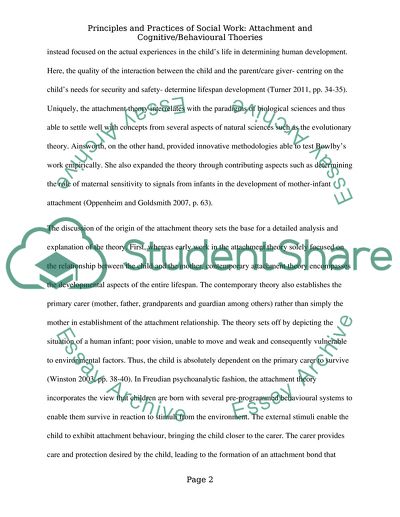Cite this document
(Principles and Practice of Social Work Research Paper - 1, n.d.)
Principles and Practice of Social Work Research Paper - 1. Retrieved from https://studentshare.org/social-science/1765116-principles-and-practice-of-social-work-theoretical-assignment
Principles and Practice of Social Work Research Paper - 1. Retrieved from https://studentshare.org/social-science/1765116-principles-and-practice-of-social-work-theoretical-assignment
(Principles and Practice of Social Work Research Paper - 1)
Principles and Practice of Social Work Research Paper - 1. https://studentshare.org/social-science/1765116-principles-and-practice-of-social-work-theoretical-assignment.
Principles and Practice of Social Work Research Paper - 1. https://studentshare.org/social-science/1765116-principles-and-practice-of-social-work-theoretical-assignment.
“Principles and Practice of Social Work Research Paper - 1”, n.d. https://studentshare.org/social-science/1765116-principles-and-practice-of-social-work-theoretical-assignment.


